Kosovo Trade Ministry re-writing history
The names of certain Kosovo landmarks have been changed on an online presentation by the province’s Trade Ministry.
Sunday, 03.02.2008.
10:17

The names of certain Kosovo landmarks have been changed on an online presentation by the province’s Trade Ministry. Among other changes, Mt. Sara has become "the Albanian Alps", while Orthodox monasteries and churches are portrayed as being a "part of Byzantine culture". Kosovo Trade Ministry re-writing history The Serbian Culture Ministry has announced that they will react to the presentation. Anyone interested in finding more about Kosovo’s tourist attractions would logically visit the Kosovo Trade and Industry Ministry’s website at visitkosovo.org. However, little on the site corresponds to reality, as nowhere is there any mention of the Serbs’ influence or life in the province. Furthermore, it is stated that the churches there were built by Albanian masters, and that they have served for communion and religious rituals for the Ilyrian-Albanian community since the fourth century. Mention is made of the so-called Albanian-Byzantine style of architecture, as well as the “eclectic churches of the Roma-Byzantine-Gothic-Albanian style” built during the 16th century, featuring a picture of Gracanica monastery. Director of the Research Center for Eastern Christian Culture in Moscow Aleksey Lidov, a member of the UNESCO damage assessment team following the troubles of March 17, 2004, says that it is absurd to deny the existence of Serbian Orthodox cultural heritage in Kosovo. “From a historical perspective, I have no comment to make on this nonsense. You can call these monuments Byzantine, but there’s no doubt that they are Serbian Orthodox Byzantine heritage. For professionals, the matter doesn’t even merit discussion. Therefore, it’s a Serbian, Orthodox part of the great Byzantine civilization where I don’t see any Albanian element,” says Lidov. Belgrade could turn to UNESCO, on whose list the protected cultural monuments and monasteries mentioned on the site - such as High Decani and Gracanica - are included. However, the institution has yet to react, as Serbia has to make the first move. Sar Mountain is presented as a part of the Albanian Alps, while tourists can learn for the first time that Kosovo has a sea, that is to say that “near Pristina, the Dren Valley is located that links the White Drim to the Albanian Sea by the shortest route.” The site added that white bears lived on the mountain, though this has since been changed. Deputy Minister for the Protection of Cultural Heritage Miomir Korac told B92 that sites like these say more about the people that create them than give any relevant information of historical significance. “Such a view has no weight in serious European and scientific circles. So, you can say on the site that these Serbian cultural heritage sites in Kosovo are Ilyrian-Byzantine, you can call them Icelandic, you can say that I don’t know what territory and time they belong to, but, you know, in science there are certain things that are embedded,” said Korac.
Kosovo Trade Ministry re-writing history
The Serbian Culture Ministry has announced that they will react to the presentation.Anyone interested in finding more about Kosovo’s tourist attractions would logically visit the Kosovo Trade and Industry Ministry’s website at visitkosovo.org.
However, little on the site corresponds to reality, as nowhere is there any mention of the Serbs’ influence or life in the province.
Furthermore, it is stated that the churches there were built by Albanian masters, and that they have served for communion and religious rituals for the Ilyrian-Albanian community since the fourth century.
Mention is made of the so-called Albanian-Byzantine style of architecture, as well as the “eclectic churches of the Roma-Byzantine-Gothic-Albanian style” built during the 16th century, featuring a picture of Gračanica monastery.
Director of the Research Center for Eastern Christian Culture in Moscow Aleksey Lidov, a member of the UNESCO damage assessment team following the troubles of March 17, 2004, says that it is absurd to deny the existence of Serbian Orthodox cultural heritage in Kosovo.
“From a historical perspective, I have no comment to make on this nonsense. You can call these monuments Byzantine, but there’s no doubt that they are Serbian Orthodox Byzantine heritage. For professionals, the matter doesn’t even merit discussion. Therefore, it’s a Serbian, Orthodox part of the great Byzantine civilization where I don’t see any Albanian element,” says Lidov.
Belgrade could turn to UNESCO, on whose list the protected cultural monuments and monasteries mentioned on the site - such as High Dečani and Gračanica - are included. However, the institution has yet to react, as Serbia has to make the first move.
Šar Mountain is presented as a part of the Albanian Alps, while tourists can learn for the first time that Kosovo has a sea, that is to say that “near Priština, the Dren Valley is located that links the White Drim to the Albanian Sea by the shortest route.”
The site added that white bears lived on the mountain, though this has since been changed.
Deputy Minister for the Protection of Cultural Heritage Miomir Korać told B92 that sites like these say more about the people that create them than give any relevant information of historical significance.
“Such a view has no weight in serious European and scientific circles. So, you can say on the site that these Serbian cultural heritage sites in Kosovo are Ilyrian-Byzantine, you can call them Icelandic, you can say that I don’t know what territory and time they belong to, but, you know, in science there are certain things that are embedded,” said Korać.



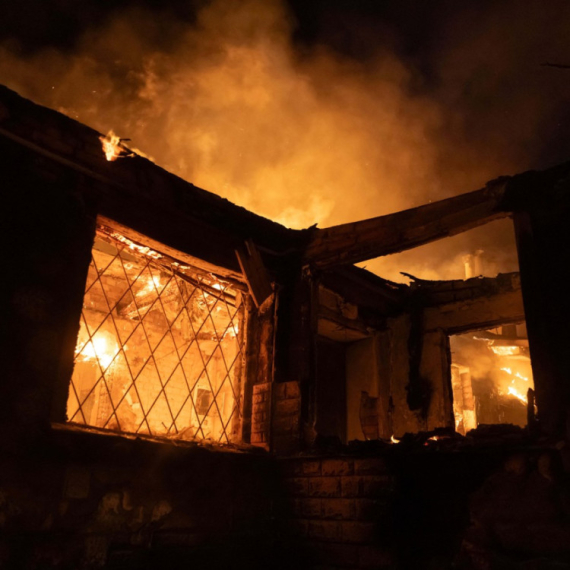
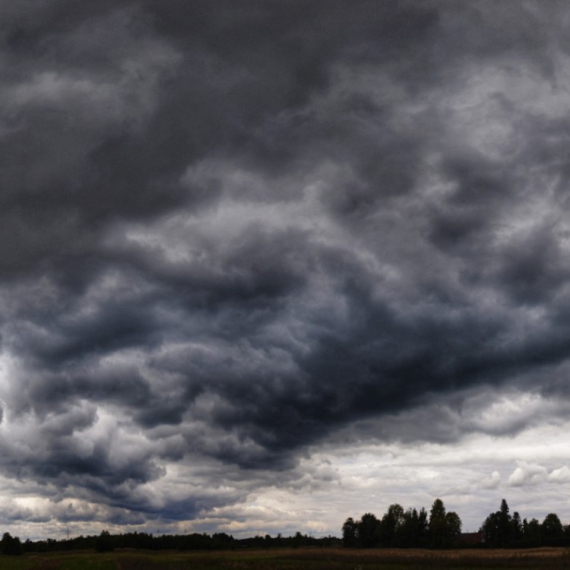






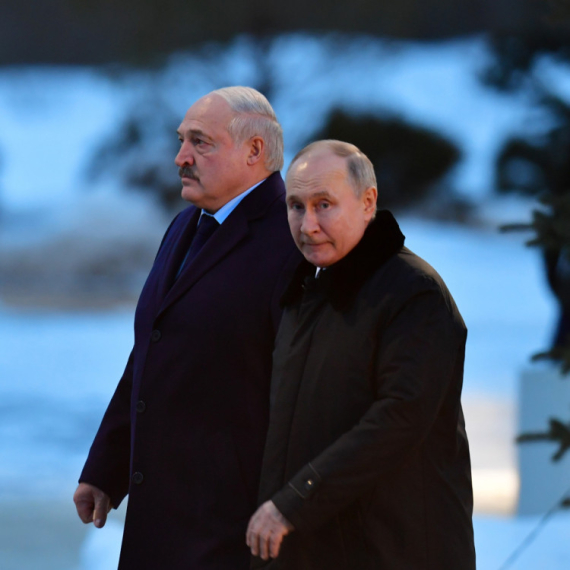

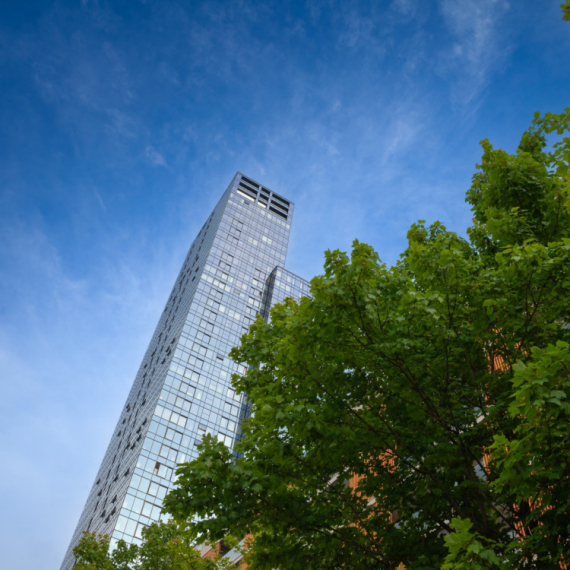
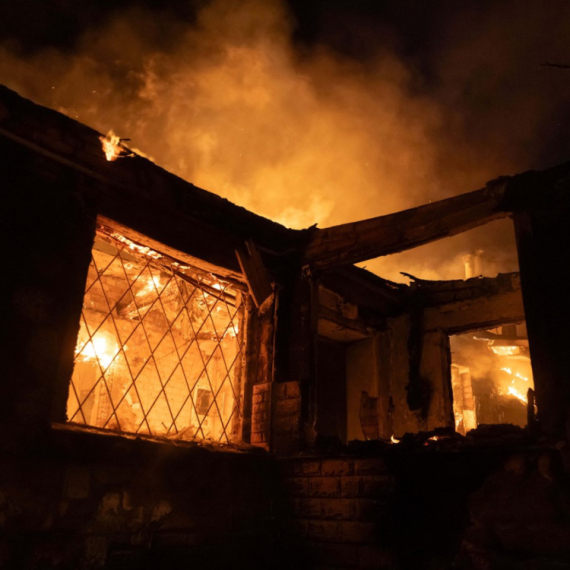
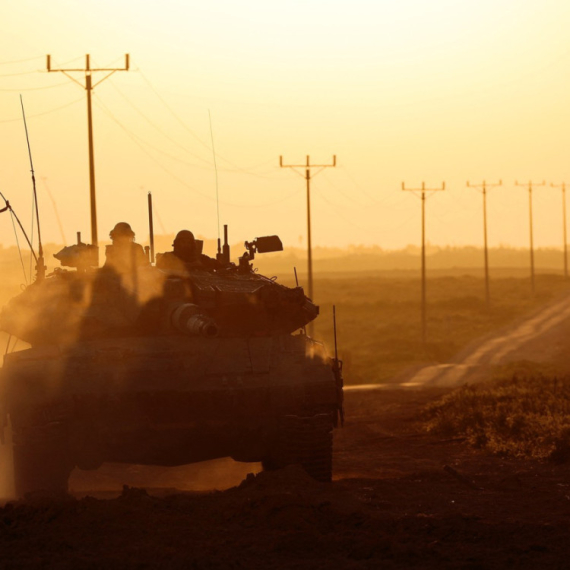
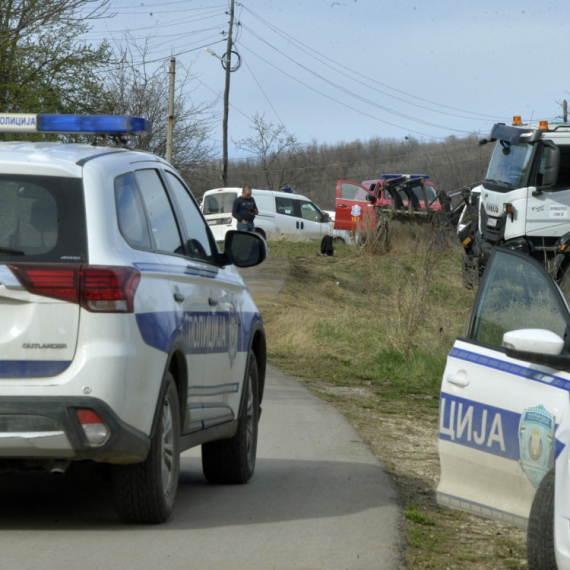











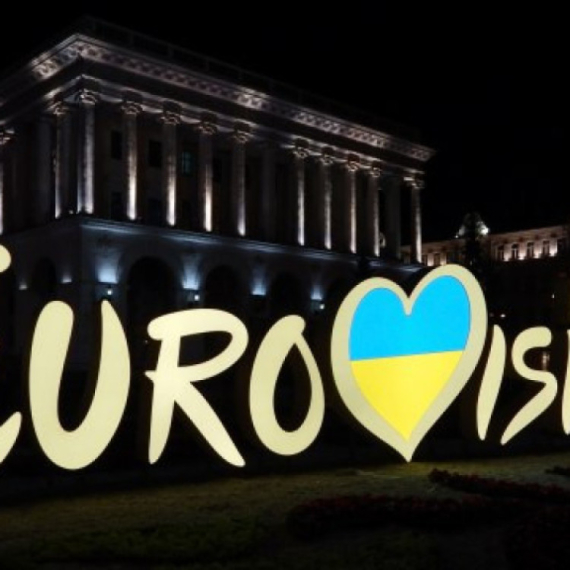



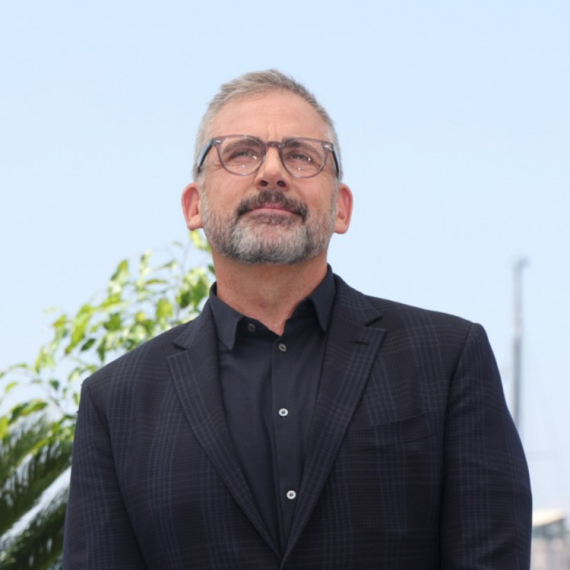





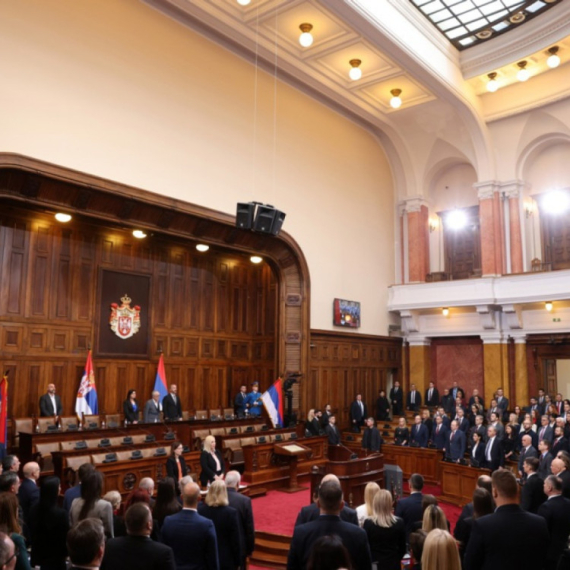
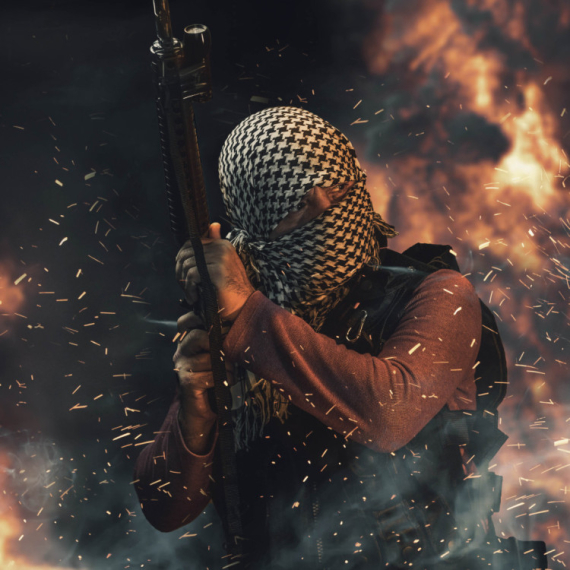
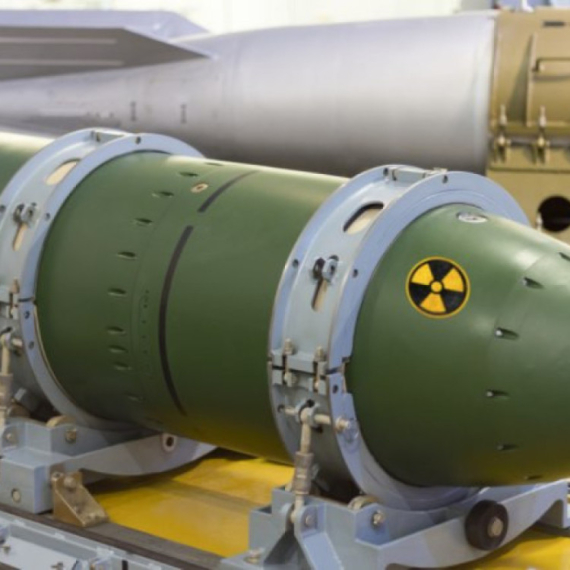
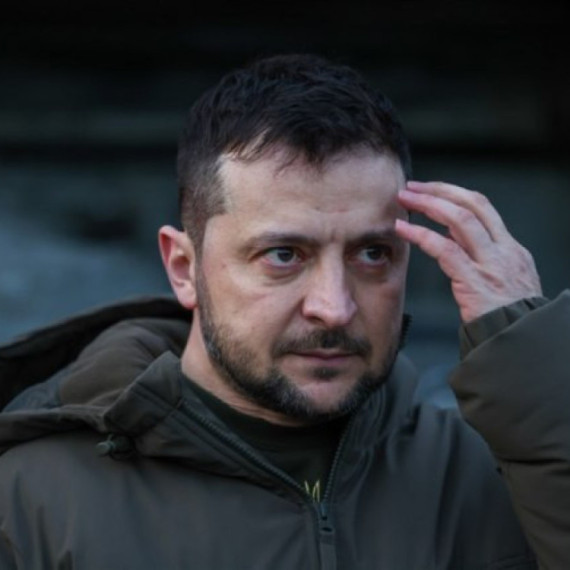
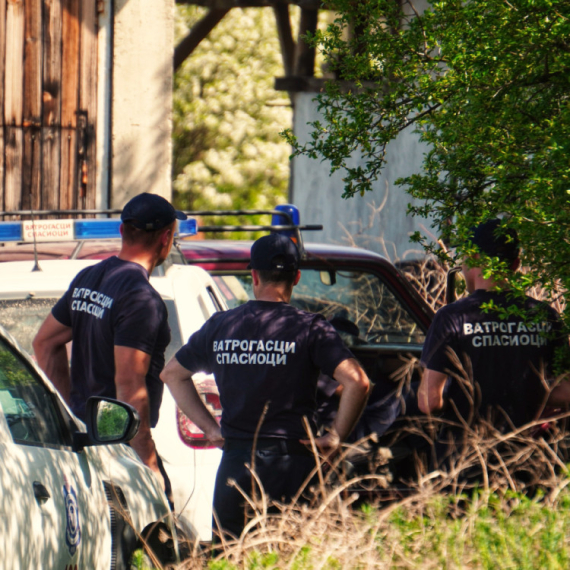

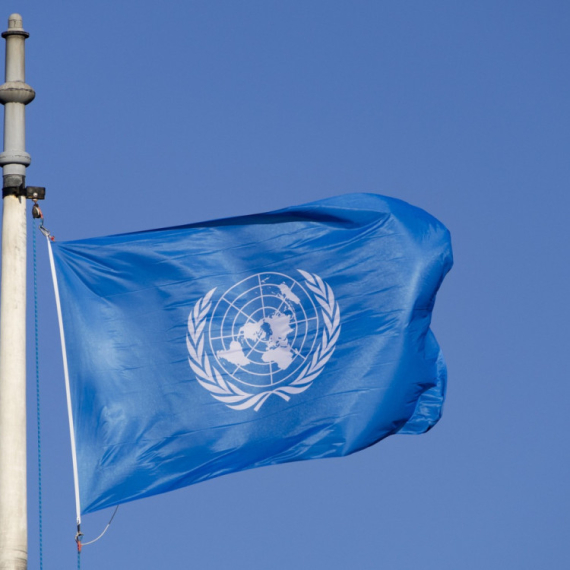

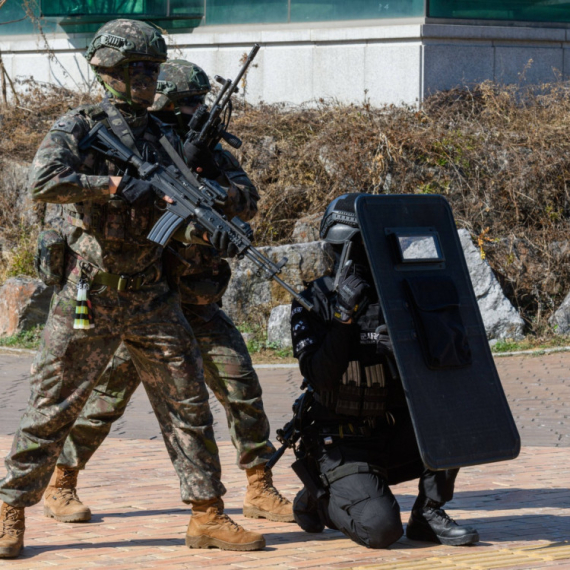







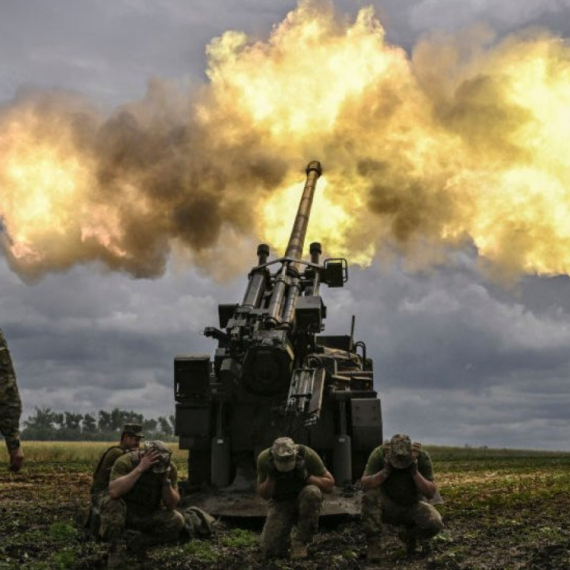
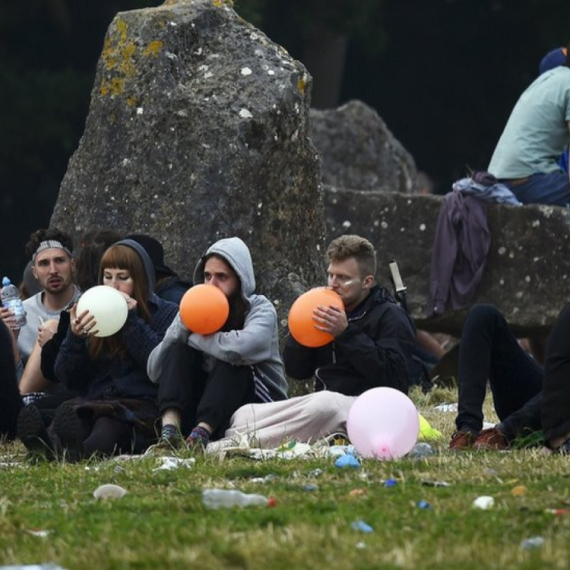

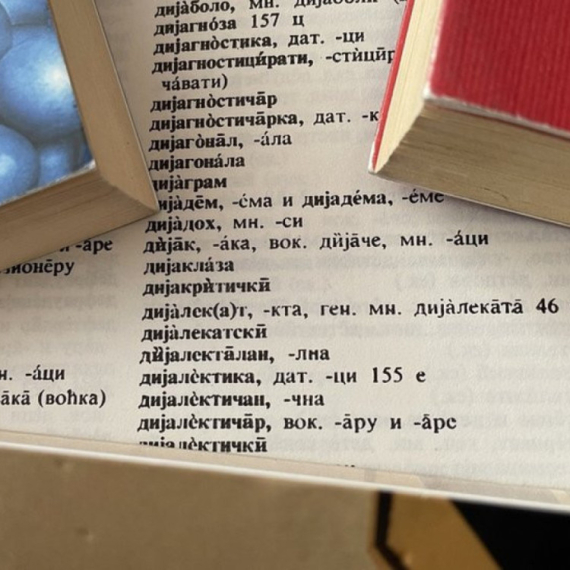

Komentari 71
Pogledaj komentare